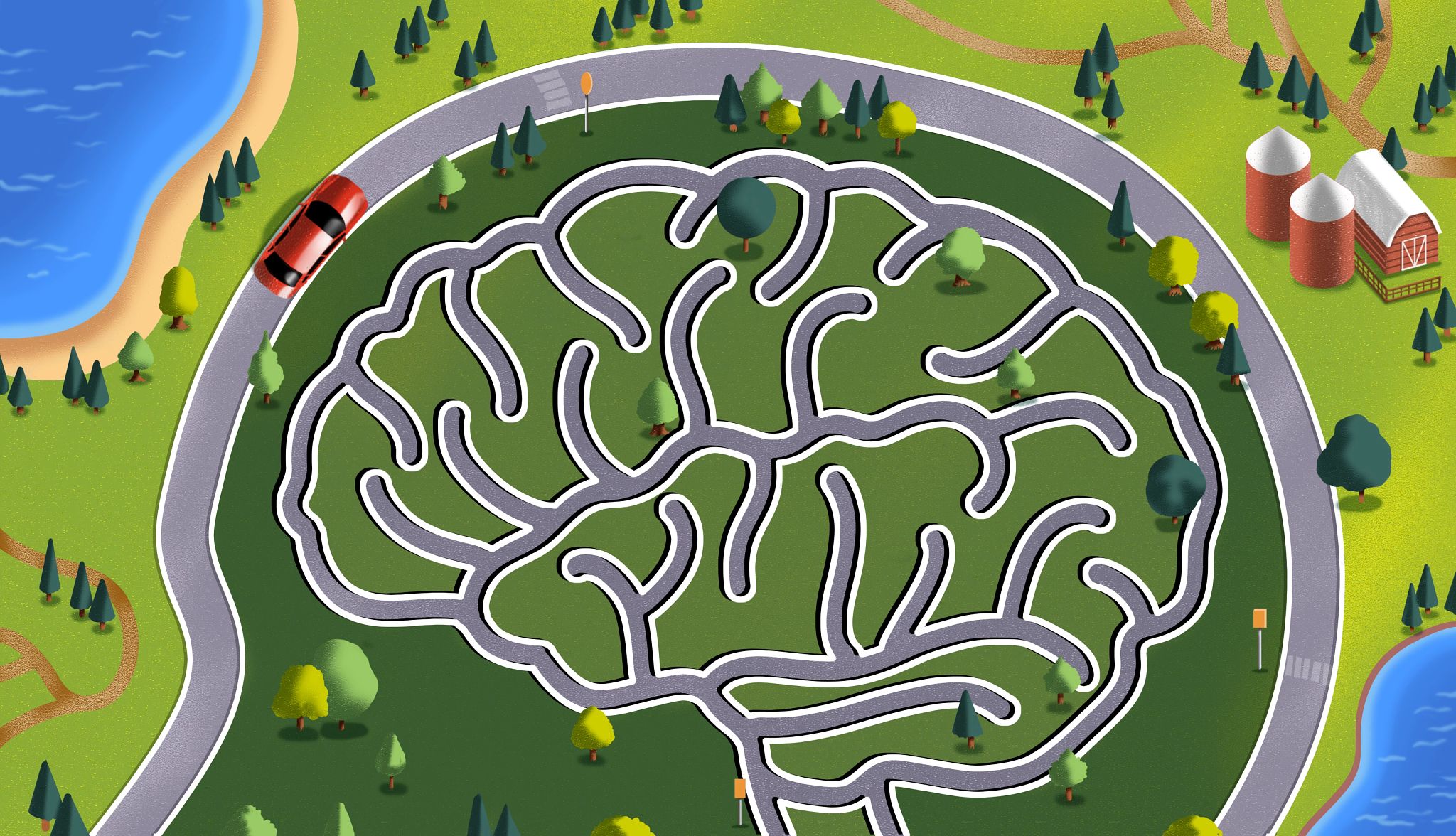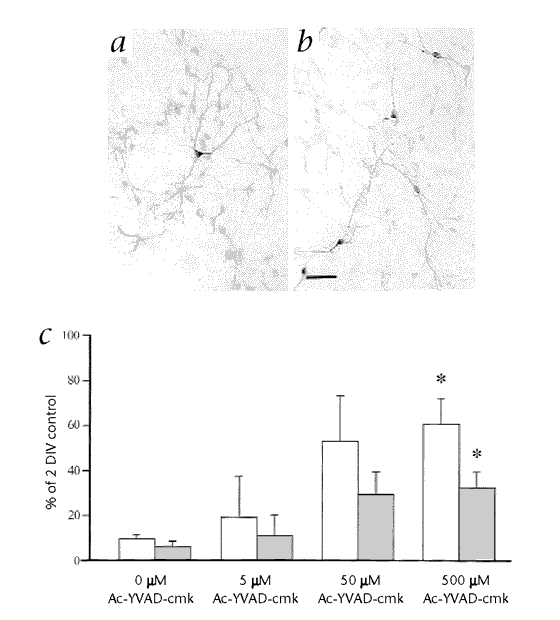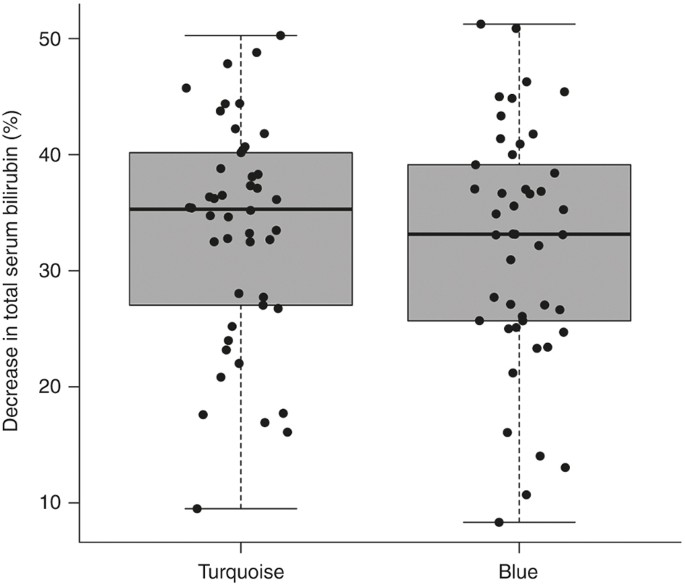
- Select a language for the TTS:
- UK English Female
- UK English Male
- US English Female
- US English Male
- Australian Female
- Australian Male
- Language selected: (auto detect) - EN
Play all audios:
After having multiple strokes in 2009, I recovered my ability to speak, read, write and count, but my car sat idle in the driveway for three years, literally becoming a hornet’s nest, before
I had nerve enough to get behind the wheel. I missed the sense of independence that driving brings, but I had so many questions surrounding the decision to drive again: Was I mentally
prepared to get back on the road? Did I still have the necessary basic skills? Would I be a danger to myself and others? Stroke had left me with fairly serious cognitive issues. I had the
concentration level of a toddler, vestibular problems, auditory overload where the brain can’t keep up with the amount of sensory information it receives, and aphasia — a condition that
affects the ability to understand and process language — just to name some. At one point, about two months after my stroke, I unwittingly walked into oncoming traffic, confused by the
competing sounds and sights of the city — noisy automobile engines, construction crews repairing the road, chatter among pedestrians, blinding sunlight. I knew that it was not safe for me to
drive. If you have had a stroke, you may, like me, have wondered when, and if, you can drive again. Here’s what you need to know. HOW DOES STROKE AFFECT THE WAY A PERSON DRIVES? When
someone has a stroke, depending on the stroke’s size and location, it can result in problems with visual attention, difficulty in judging distances, slower reaction times and challenges with
multitasking, all of which can significantly affect a person’s ability to safely drive, says Abhishek Jaywant, Ph.D., a neuropsychologist at Weill Cornell Medicine and
NewYork-Presbyterian. According to the National Highway Traffic Safety Administration (NHTSA) if you try to drive after a stroke, you may: * have trouble turning the steering wheel or
applying the brake * become easily frustrated or confused while driving * drift across lane markings into other lanes * have difficulty thinking clearly about the traffic around you * have a
visual impairment, diminished memory, judgment or concentration








